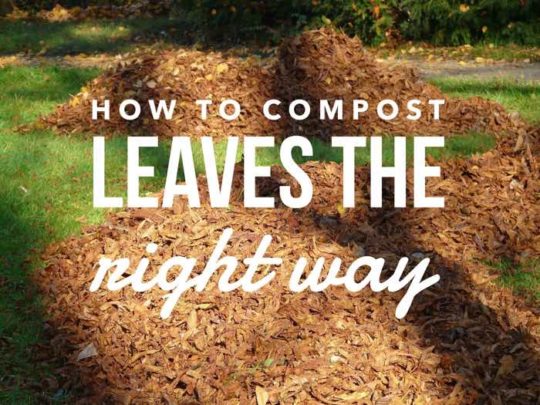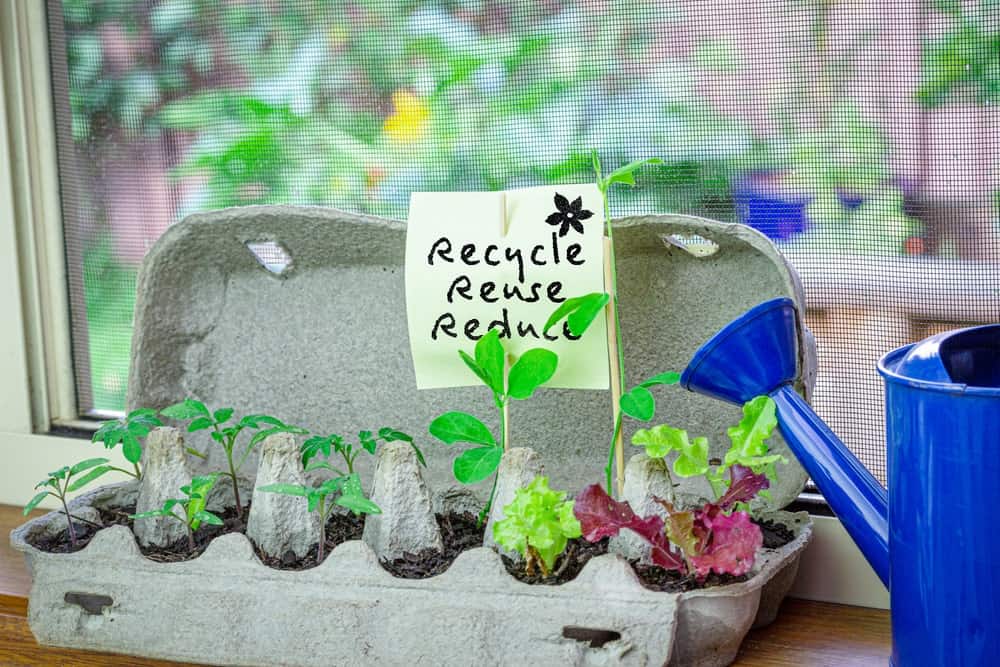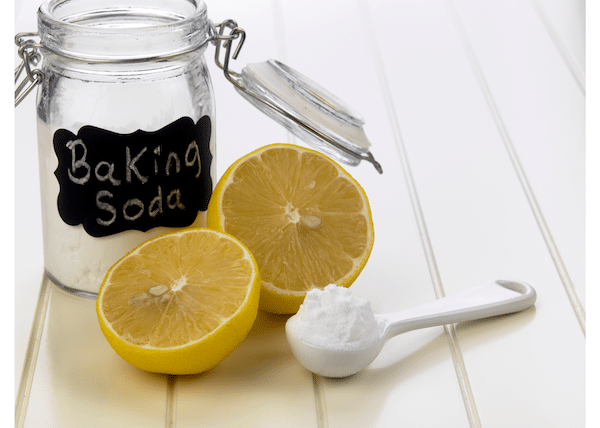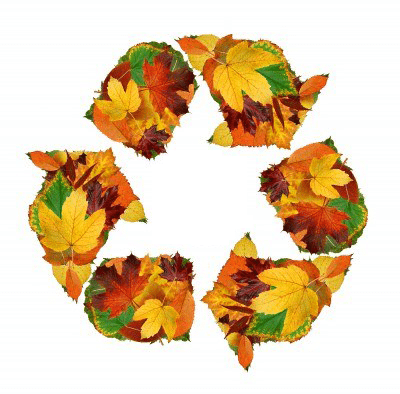Welcome to the enchanting season of autumn, where nature puts on a spectacular display of warm hues, and the air is filled with the comforting scent of fallen leaves. Amidst the festivities, it’s essential to be mindful of our environmental impact. Today we’ll delve into creative and practical recycling projects tailored specifically to October, transforming your home into a haven of sustainability.
The Environmental Impact of Fall:
Autumn’s breathtaking transformation brings with it a unique set of environmental challenges that warrant our attention. As we revel in the golden hues and the crispness in the air, it’s vital to acknowledge the surge in waste that accompanies fall festivities. From disposable decorations to single-use items associated with seasonal events, our collective impact on the environment intensifies during this time.
Consider the widespread use of pumpkins during fall, not only as decorative elements but also as ingredients for various culinary delights. The disposal of pumpkins after their decorative stint contributes to organic waste, which, when left in landfills, generates methane—a potent greenhouse gas. Acknowledging this impact encourages us to seek creative ways to repurpose pumpkins, perhaps by turning them into compost or using them in recipes, minimizing waste and promoting circularity.
Moreover, the cultural phenomenon of fall-themed events and festivals often significantly increases plastic and packaging waste. From pumpkin spice-flavored treats wrapped in plastic to disposable utensils used in outdoor gatherings, the environmental toll is substantial. A shift towards sustainable event practices, such as the use of compostable or reusable tableware, becomes crucial in mitigating this impact.
The transient nature of fall decorations, ranging from synthetic scarecrows to plastic bunting, underscores the need for more sustainable alternatives. Investing in timeless, durable decor or opting for DIY projects that utilize recyclable materials not only reduces waste but also contributes to a more mindful approach to seasonal aesthetics.
In essence, recognizing the environmental impact of fall prompts us to reevaluate our consumption patterns and make informed choices that align with the principles of sustainability. By adopting conscious practices, such as choosing reusable over disposable, repurposing materials, and minimizing single-use items, we can savor the beauty of fall while lessening our ecological footprint. This awareness marks a pivotal step in fostering a harmonious relationship between our seasonal celebrations and the well-being of our planet.
Fallen Leaves Make Great Compost: DIY Composting Guide:
As trees shed their leaves in preparation for winter, the carpet of fallen foliage becomes a valuable resource rather than a mere yard maintenance task. Embracing a DIY composting guide tailored to fall leaves not only benefits your garden but also turns a seasonal chore into a sustainable practice.
1. Understanding Leaf Composting: Fallen leaves are rich in carbon, a crucial component in composting that balances the nitrogen content found in kitchen scraps and green waste. A successful compost pile requires the right mix of green and brown materials, and autumn leaves provide an abundance of the latter.
2. Selecting the Right Leaves: While all leaves can contribute to compost, some decompose faster than others. Shred or mulch large leaves like oak or maple to accelerate the decomposition process. Avoid using leaves from trees treated with pesticides, as these can disrupt the microbial balance in your compost.
3. Creating a Compost Bin or Pile: Choose a suitable location for your compost bin or pile. A blend of shredded leaves, kitchen scraps, and other green materials creates a nutrient-rich environment for beneficial microorganisms to thrive. Turn the compost regularly to aerate it and speed up the decomposition process.
4. Layering Techniques: Alternate layers of fallen leaves with kitchen scraps or green materials. This layering ensures a balanced mix of carbon and nitrogen, fostering a healthy composting environment. Consider adding a layer of soil to introduce essential microbes that aid in the decomposition process.
5. Balancing Moisture Levels: Maintaining the right moisture level is key to successful composting. While fallen leaves contribute carbon, they can be dry, so ensure your compost pile remains adequately moist. Watering the pile or bin periodically helps create the ideal conditions for decomposition.
6. Patience and Monitoring: Composting is a gradual process, and patience is essential. Regularly monitor the temperature, smell, and appearance of your compost to ensure it’s breaking down properly. A well-maintained compost pile can turn fallen leaves into nutrient-rich humus within a few months.
7. Using Compost in the Garden: Once your compost is ready, incorporate it into your garden soil. The nutrient-rich compost acts as a natural fertilizer, enhancing soil structure and promoting plant health. This sustainable practice not only reduces waste but also closes the loop on the seasonal cycle of fallen leaves.
By transforming fallen leaves into compost, you not only contribute to the health of your garden but also divert organic matter from landfills, where it would otherwise release methane—a potent greenhouse gas. This DIY composting guide is a testament to the transformative power of turning a seemingly mundane task into an environmentally conscious practice that enriches both your garden and the planet.
October Organizing: Repurposing Common Household Items:
As the air crisps and autumnal hues settle in, October is the perfect time to reassess our living spaces and infuse them with both functionality and sustainability. Rather than resorting to buying new storage solutions, let’s explore the art of repurposing common household items for a clutter-free and eco-conscious home.
1. Repurposing Furniture: Consider repurposing furniture items to serve multiple functions. An old wooden ladder can transform into a stylish blanket rack, providing both storage and aesthetic appeal. Unused wooden crates can become versatile shelves or stackable storage units, breathing new life into forgotten pieces.
2. Creative Storage Solutions: Unleash your creativity by turning everyday items into unique storage solutions. Mason jars, for instance, are not just for preserving jams; they can become charming organizers for small items like makeup brushes, stationery, or kitchen utensils. Repurpose vintage suitcases or wine crates as stylish storage bins that add character to your space.
3. Clever Kitchen Organization: In the kitchen, repurposing can be particularly effective. Utilize old wooden pallets to create a rustic, space-saving spice rack, or repurpose a wine rack to neatly organize rolled-up dish towels. These solutions not only maximize space but also add a touch of creativity to your culinary haven.
4. DIY Closet Makeover: October is an excellent time to revamp your closet using repurposed materials. Old wooden hangers can be transformed into a chic jewelry organizer, and a ladder can serve as a unique shoe rack. These DIY solutions not only declutter your wardrobe but also breathe new life into items that might have otherwise been discarded.
5. Repurposed Decorative Elements: Elevate your organizing game by incorporating repurposed decorative elements. Transform an old window frame into a stylish corkboard or repurpose a vintage ladder as a decorative hanging shelf. These additions not only serve practical purposes but also contribute to the overall aesthetic of your living space.
6. Bookshelf Innovation: If you’re looking to organize your bookshelf, consider repurposing old wooden crates as bookends or storage bins for small items. Incorporating plants into the mix, either by repurposing old planters or crafting new ones from recycled materials, adds a touch of nature to your bookshelf arrangement.
7. Sustainable Tech Storage: Organizing electronic devices and their associated cables can be challenging. Repurpose old shoeboxes or magazine holders to create a neat and organized charging station. This not only reduces electronic clutter but also ensures that you can easily locate and charge your devices when needed.
By embracing the art of repurposing common household items, you not only declutter your living spaces but also contribute to a more sustainable and mindful lifestyle. This October, take the opportunity to reimagine your home organization, turning everyday items into functional pieces that not only serve a purpose but also tell a story of creativity and sustainability.
Eco-Friendly Fall Cleaning Tips:
As we usher in the autumn, our cleaning rituals can go beyond merely tidying up our spaces; they can also contribute to a healthier, more sustainable home environment. Begin by embracing the power of natural cleaning products. Create your all-purpose cleaner using ingredients like vinegar, baking soda, and essential oils. These alternatives not only reduce your exposure to harsh chemicals but also minimize their impact on waterways when washed down the drain.
Delve into the world of DIY cleaning solutions tailored for fall. Craft a warm and inviting cinnamon-infused dusting spray or a refreshing citrus-scented surface cleaner. These homemade concoctions not only elevate your cleaning routine but also showcase the versatility of common household items in maintaining a pristine home.
Consider the responsible disposal of old cleaning supplies and hazardous materials. Many conventional cleaning products come in non-recyclable packaging, contributing to plastic waste. Research local recycling programs that accept such materials or explore innovative ways to repurpose the packaging in your DIY projects.
Moreover, as the days get shorter and natural light wanes, opt for energy-efficient lighting solutions. Transition to LED or CFL bulbs, which not only consume less energy but also last longer, reducing the frequency of replacements and subsequent waste. This small adjustment not only benefits the environment but also contributes to long-term cost savings.
Extend your eco-friendly cleaning practices to your laundry routine. Utilize cold water for washing clothes, reducing energy consumption and preserving the vibrant colors of fall wardrobe staples. Explore eco-friendly laundry detergents that minimize the use of harsh chemicals and prioritize biodegradability, ensuring that your laundry routine aligns with your commitment to sustainability.
In essence, fall cleaning is an opportunity to redefine our living spaces and align them with our environmental values. By incorporating these eco-friendly practices, you not only create a healthier home for yourself and your loved ones but also contribute to a more sustainable planet—one where the beauty of fall is preserved for generations to come.
As the leaves fall and the air turns crisp, let our commitment to sustainable living remain steadfast. These October recycling projects aren’t just about reducing waste; they’re a celebration of creativity and a conscious effort to live in harmony with nature. Share your recycling triumphs, connect with a community of eco-conscious individuals, and together, let’s make this October a season of green living. Fall into the embrace of sustainability—it’s a journey worth taking!





